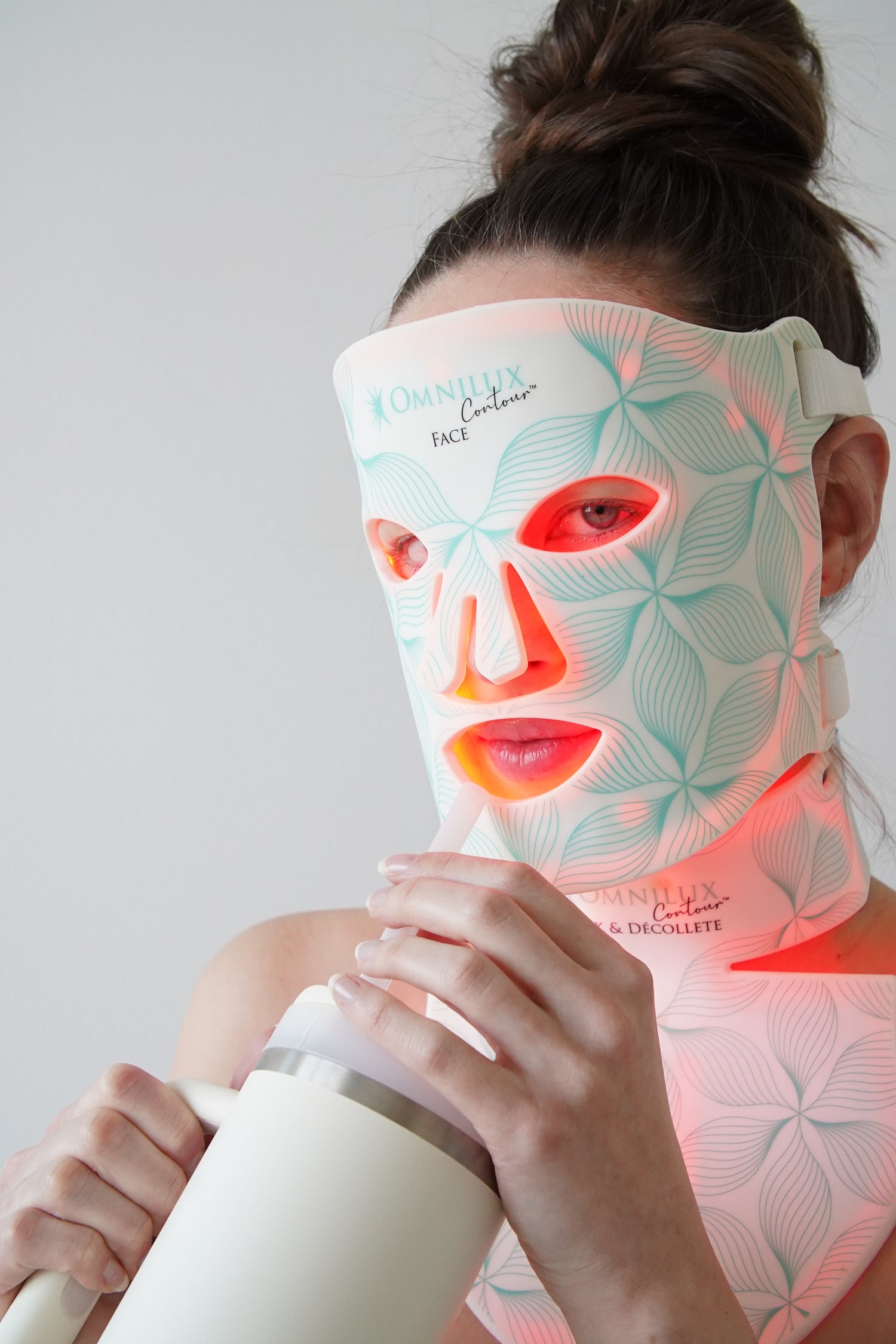As women transition through perimenopause, our skin undergoes significant changes. Collagen production declines, hormonal fluctuations occur, and the skin's natural moisture balance is disrupted. Consequently, many women experience dryness, loss of elasticity, and a dull complexion. Thankfully, a targeted skincare routine can help you maintain a youthful, radiant glow during this time.
Here we’ll explore the benefits of exfoliating with Emepelle Serum and Emepelle Night Cream, highlighting their potent ingredients that address the specific needs of perimenopausal skin.
Understanding Perimenopausal Skin
Perimenopause is a transitional period that occurs before menopause, typically beginning in a woman's mid-to-late 40s. During this time, estrogen levels decrease, leading to various skin changes. Common issues include:
- Thinner, more fragile skin
- Decreased elasticity
- Dryness and dehydration
- Increased sensitivity and inflammation
- Formation of fine lines and wrinkles
To combat these changes, it's crucial to adopt a skincare routine that supports your skin's changing needs.
The Power of Exfoliation
Exfoliation is an essential step in maintaining a glowing complexion during perimenopause. By removing dead skin cells, exfoliation helps to:
- Reveal brighter, more radiant skin
- Improve skin texture
- Stimulate cell renewal
- Allow for better absorption of skincare products
While there are many exfoliating products on the market, Emepelle serum stands out due to its unique combination of ingredients specifically designed for perimenopausal skin.
Emepelle Serum: Ingredients and Benefits
Emepelle serum is a revolutionary product that combines powerful ingredients to address the specific needs of perimenopausal skin:
- 3-O-Ethyl Ascorbic Acid: A stable form of vitamin C that has been shown to boost collagen production, reduce inflammation, and brighten skin tone. This potent antioxidant helps to protect the skin from environmental damage and promotes a more youthful appearance.
- Methyl Estradiolpropanoate (MEP): A non-hormonal ingredient that has been shown to help counteract the effects of declining estrogen levels on the skin. MEP improves skin elasticity, hydration, and firmness while reducing the appearance of wrinkles.
- Pentapeptide-28: A peptide that supports collagen synthesis, leading to smoother and firmer skin. This ingredient also helps to reduce inflammation and promote overall skin health.
- Tetrapeptide-26: A peptide that improves skin texture and tone by increasing cell turnover and promoting skin renewal.
Emepelle Night Cream: Ingredients and Benefits
Emepelle Night Cream is an innovative product designed to work synergistically with Emepelle Serum. Some key ingredients include:
- Methyl Estradiolpropanoate (MEP): As mentioned above, MEP helps to counteract the effects of declining estrogen levels on perimenopausal skin.
- Palmitoyl Tripeptide-1 and Palmitoyl Tetrapeptide-7: These peptides work together to stimulate collagen production, reduce inflammation, and improve skin's overall structure.
- Tetrapeptide-26: As mentioned earlier, this peptide increases cell turnover and promotes skin renewal.
- Hydroxypinacolone Retinoate (HPR) and Retinol: Both HPR and retinol are derivatives of vitamin A that have been proven to increase cell turnover, stimulate collagen production, and reduce the appearance of fine lines and wrinkles. HPR is a gentle yet effective alternative to traditional retinol, making it suitable for sensitive perimenopausal skin.
How to Incorporate Emepelle Serum and Night Cream into Your Skincare Routine
To reap the full benefits of these powerful products, follow these simple steps:
- Cleanse your skin with a gentle cleanser to remove makeup, dirt, and impurities.
- Apply Emepelle Serum to your face and neck in the morning, gently massaging it into the skin until it's fully absorbed.
- Follow with a broad-spectrum sunscreen to protect your skin from harmful UV rays.
- In the evening, cleanse your skin again and apply Emepelle Night Cream to your face and neck, ensuring even coverage.
- Use both products consistently for optimal results.
Perimenopause is a time of significant change for your skin, but with the right skincare routine and targeted products like Emepelle Serum and Night Cream, you can maintain a radiant, youthful complexion. These revolutionary products, packed with potent ingredients like 3-O-Ethyl Ascorbic Acid, Methyl Estradiolpropanoate, and various peptides, address the specific needs of perimenopausal skin, helping to reduce the appearance of fine lines, improve elasticity, and promote a healthy, glowing complexion.
Don't let perimenopause hold you back – take control of your skin's health today and embrace your natural radiance with Emepelle products.
Resources
Archer, D. F., Lobo, R. A., & Maibach, H. I. (2018). Methyl estradiolpropanoate (MEP) has selective estrogen enzyme activity and does not cause endometrial proliferation in postmenopausal women. Menopause, 25(11), 1233-1239.
Farage, M. A., Neill, S., & MacLean, A. B. (2009). Physiological changes associated with the menstrual cycle: a review. Obstetrical & gynecological survey, 64(1), 58-72.
Gorouhi, F., & Maibach, H. I. (2009). Role of topical peptides in preventing or treating aged skin. International journal of cosmetic science, 31(5), 327-345.
Lupo, M. P., & Cole, A. L. (2007). Cosmeceutical peptides. Dermatologic therapy, 20(5), 343-349.
Mukherjee, S., Date, A., Patravale, V., Korting, H. C., Roeder, A., & Weindl, G. (2006). Retinoids in the treatment of skin aging: an overview of clinical efficacy and safety. Clinical interventions in aging, 1(4), 327.
Pullar, J. M., Carr, A. C., & Vissers, M. C. (2017). The roles of vitamin C in skin health. Nutrients, 9(8), 866.
Schagen, S. K. (2017). Topical peptide treatments with effective anti-aging results. Cosmetics, 4(2), 16.






